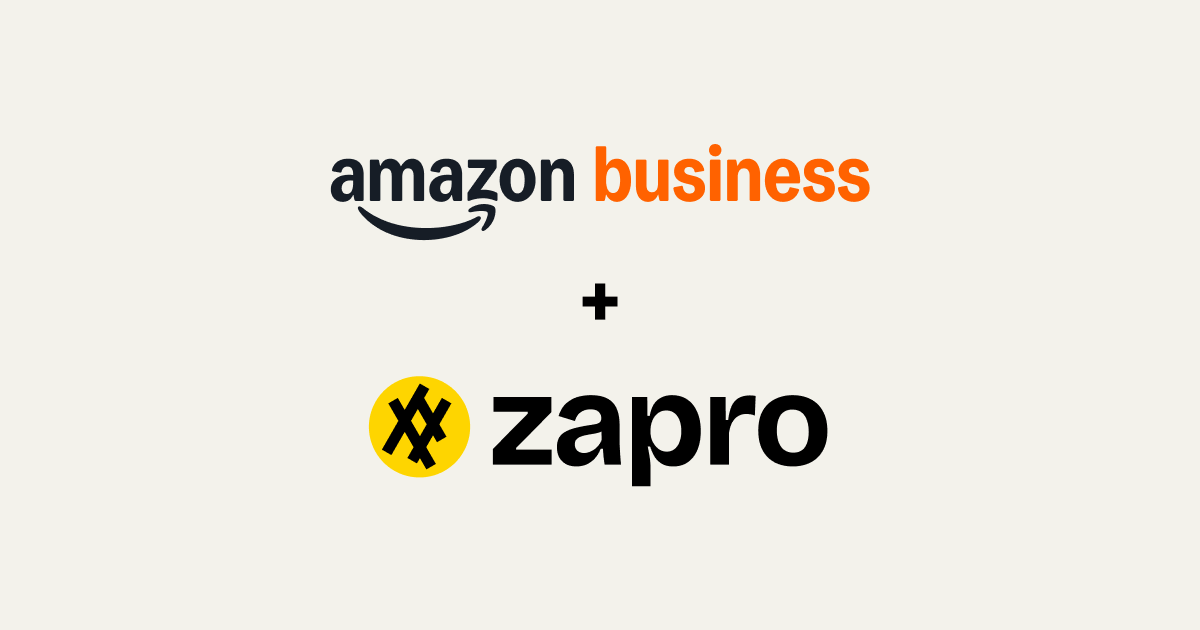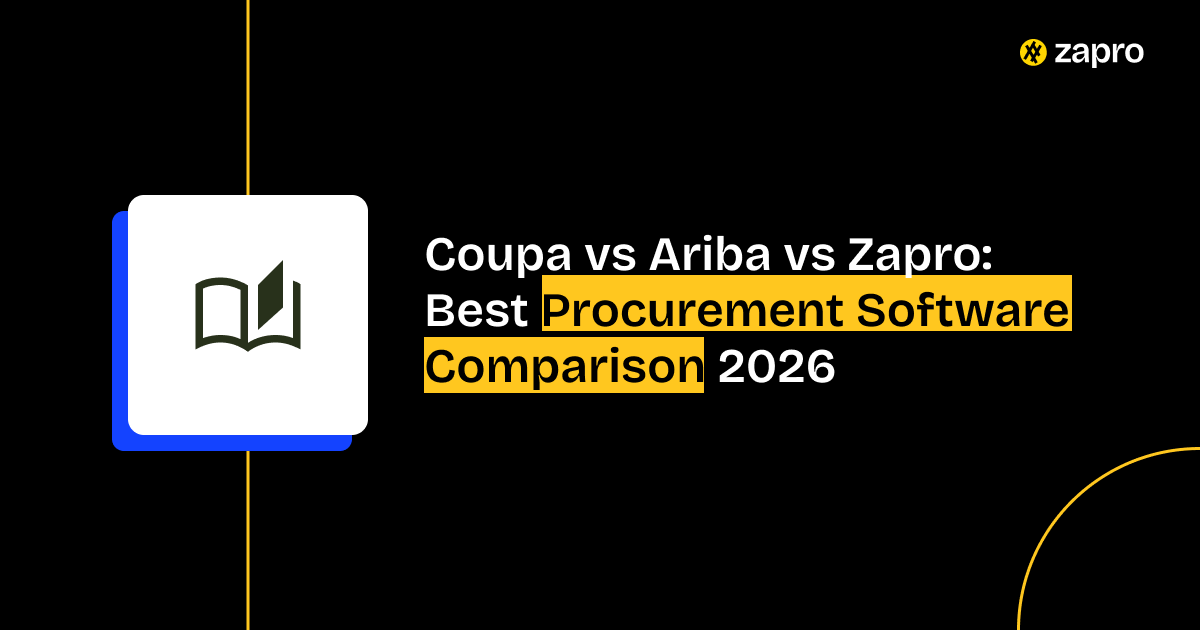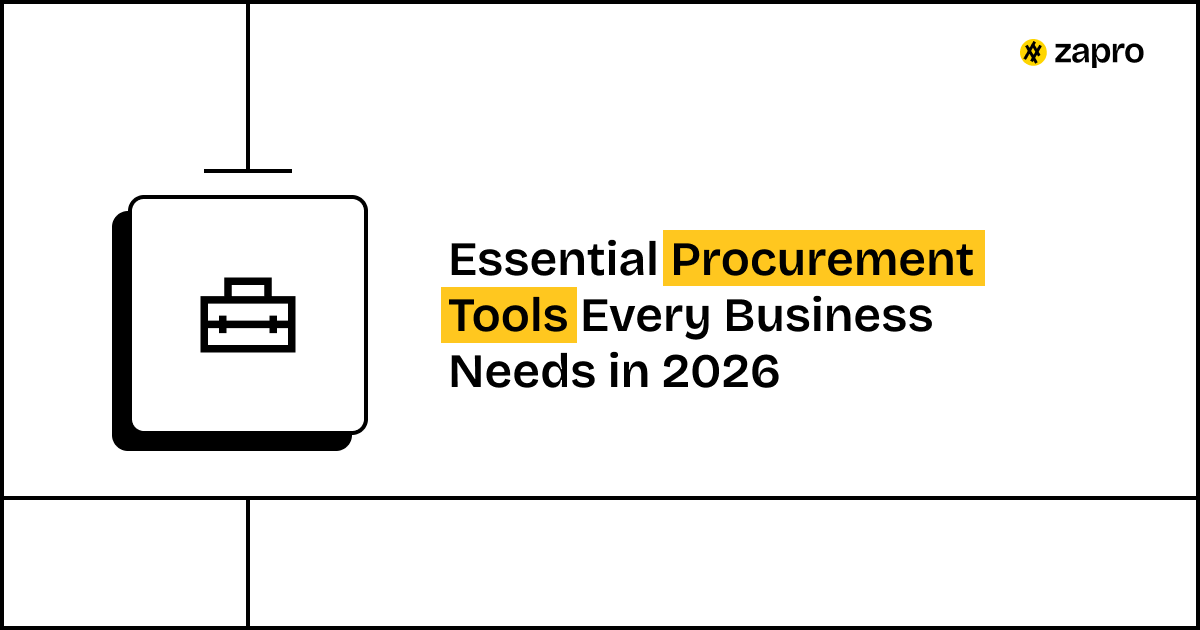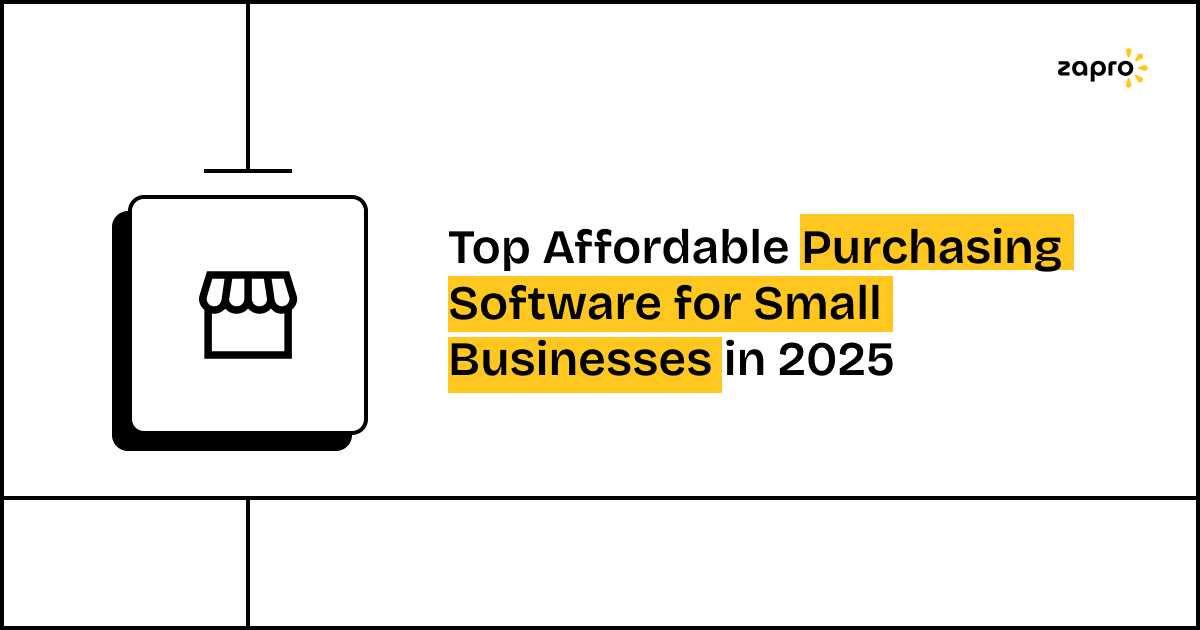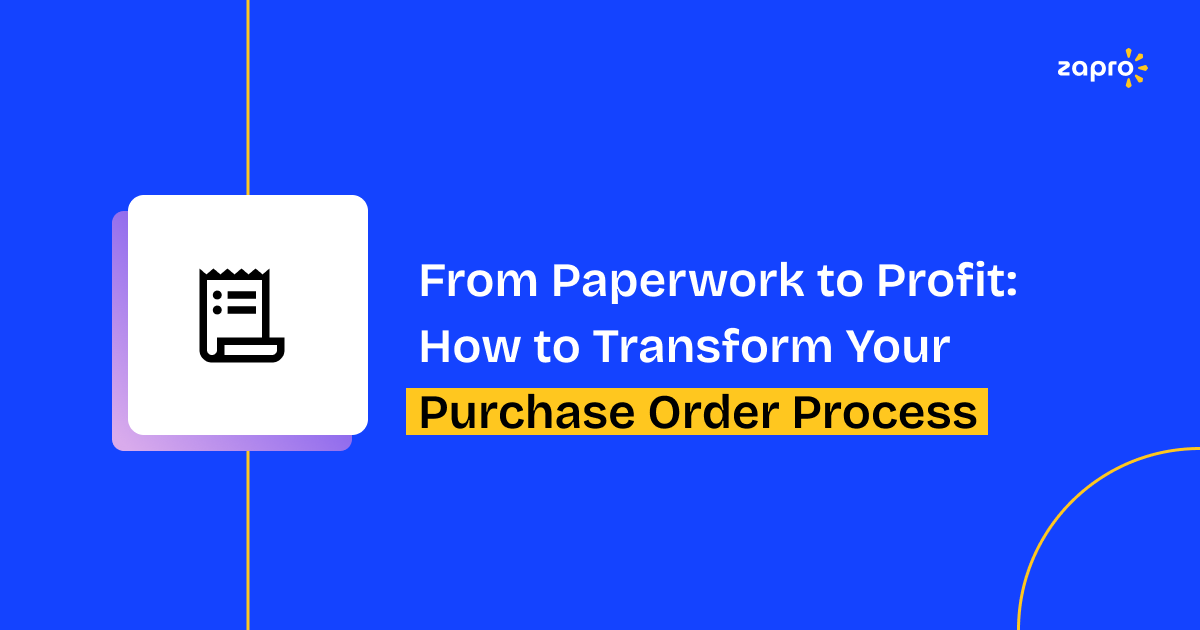Introduction: The Procurement Battleground in 2026
The practice of procurement has evolved beyond its historical role of handling paperwork and purchasing activities. The modern procurement function operates as a strategic engine which delivers maximum savings while securing supply chains and maintaining compliance throughout complex global market operations. Your procurement function operates as a bottleneck when it uses outdated tools to chase paper approvals and handle fragmented processes.
Organizations face an existence-threatening situation when they depend on manual operations and standard spreadsheet management systems. The current system enables uncontrolled spending while making vendor enrolment processes slow and prevents real-time monitoring of all activities.
Every organization must implement advanced procurement software to remain competitive during 2026 operations. We’ve narrowed down the field to the three most significant players in the space, offering a detailed procurement software comparison to help you make an informed choice:
- Coupa: The established BSM (Business Spend Management) giant.
- SAP Ariba: The legacy powerhouse deeply integrated with the SAP ecosystem.
- Zapro.ai (Zapro): The modern, AI-powered platform designed for speed, agility, and the mid-market.
In the following sections, we will break down what makes these platforms tick, reveal their true costs and complexities, and determine which solution offers the fastest path to ROI for your procurement team.
2. What to Look for in Modern Procurement Software
When seeking the right solution, modern teams must evaluate procurement platform features based on strategic value drivers instead of focusing on basic functionalities. The following list helps you evaluate new procurement platform features for your organization.
Ease of Use (UX)
Complex systems fail to deliver their intended visibility and control because users avoid them. The design of modern cloud-based procurement systems requires an essential focus on user experience (UX) because it cannot be compromised. Your procurement system needs an interface which presents information clearly and follows a logical structure to minimize learning time and achieve high user acceptance from finance and procurement and operations teams. Any e procurement software comparison becomes useless when the user interface becomes complicated.
Automation & AI Capabilities
The practice of converting paper documents into digital format has become outdated. The evaluation of modern procurement software systems requires a strong emphasis on automated procurement solutions. The system uses artificial intelligence to deliver predictive spend analytics and automated three-way matching and intelligent workflow routing and self-service vendor management capabilities. Your team should focus on strategic sourcing and negotiation because the system should perform all basic tasks through automation.
Integration with ERPs & Finance Tools
Your procurement system needs to function as a single system that connects all data points. Your procurement system needs to integrate seamlessly with your current ERP systems (SAP, Oracle, Microsoft Dynamics) and financial applications (QuickBooks, Xero). The system enables real-time data exchange through a basic connection which eliminates human errors during reconciliation and provides complete spend visibility throughout the organization. The ability to integrate with other systems stands as a primary distinguishing factor when evaluating e-procurement software solutions.
Customization & Scalability
Your procurement requirements will transform as your business expands in size. Your procurement platform should have flexible scalability to manage rising transaction numbers and support new business entities and international locations through seamless implementation without requiring expensive system reinstallation. The system becomes adaptable to your organization’s specific policies and compliance needs through its low-code or no-code customization features during expansion.
Total Cost of Ownership (TCO)
TCO extends past the yearly licensing expenses because it encompasses additional costs. Digital procurement tool evaluation requires you to calculate all expenses that go beyond the annual licensing fee including implementation duration and consulting fees and training needs and maintenance expenses. Enterprise solutions with low annual fees hide their true total cost of ownership because of their complex nature.

Global procurement software market is expected to reach $16.38 billion by 2029 at 13.6% CAGR
3. Procurement Software Comparison Table: Coupa vs Ariba vs Zapro
The landscape of e sourcing tools comparison shows distinct differences in architecture, philosophy, and target market. This table summarizes the critical points:
| Feature | Coupa | SAP Ariba | Zapro |
| AI-driven Automation | Limited | Moderate | Advanced |
| Cloud-based | Yes | Yes | Yes |
| Integration Flexibility | Moderate | Complex | Plug-and-play |
| UX and Ease of Use | Moderate | Complex | Modern & Intuitive |
| Supplier Onboarding | Manual-heavy | Time-consuming | Streamlined |
| Pricing Transparency | No | No | Yes – Transparent |
| SMB-friendly | Supports Enterprise | Supports Enterprise | Scales with you |
| Time-to-Value (Go-Live) | Months | 6-18 Months | Weeks |
| Best-fit Architecture | Business Spend Management (BSM) | Source-to-Pay (S2P) | AI-Native S2P |
This direct procurement software comparison highlights that while Coupa and Ariba focus on established, complex feature sets often required by the Fortune 500, Zapro is designed to be a nimble, powerful solution offering superior time-to-value for the modern, growing enterprise. This makes Zapro a leading contender in any eprocurement software comparison focused on agility.
Learn more about best procure to pay software.
Overview of Each Procurement Software Tool
To understand which procurement management software is right for your business, it’s essential to evaluate the core architecture and market fit of each option.
Coupa
The company Coupa positioned itself as the leading provider of Business Spend Management (BSM) solutions which deliver complete business spend management capabilities beyond procurement functions.
- Strengths: The platform provides advanced analytics together with complete spend management functionality to users. The platform enables users to access benchmarking data through its community intelligence system which aggregates anonymous network data.
- Challenges: The system faces two main issues because it costs a lot and has complex functionality. The complete BSM suite implementation process takes a long time because it needs substantial consulting support and internal resources. The platform offers improved user experience than Ariba but users find it cumbersome for basic procurement operations.
- Best for: The system serves large enterprises with big budgets and complex procurement operations that have dedicated IT and finance teams to handle its implementation costs.
SAP Ariba
SAP Ariba functions as the established procurement solution which SAP offers as its largest ERP vendor. The solution primary benefit of Ariba stems from its complete integration with SAP systems and its extensive worldwide supplier network maintains leadership status because it serves organizations that operate SAP S/4HANA and other SAP modules.
- Strengths: The platform provides dependable solutions (ERP integrations ) for organizations that need to manage sophisticated worldwide procurement operations and handle large numbers of transactions.
- Challenges: The User Interface (UI) of Ariba faces criticism for its outdated design and complicated structure which creates difficulties for new users to learn and prevents non-procurement staff from adopting the system. The implementation process of Ariba takes more than a year to complete while requiring substantial financial resources. The high total cost of ownership for Ariba makes it impractical for most organizations to consider in e procurement software evaluations unless they operate at an enterprise level.
- Best for: The system provides optimal solutions for organizations that use SAP ECC or S/4HANA and want complete system integration and possess sufficient resources to handle complex implementation processes.
Zapro
Zapro enters the market as a contemporary e-procurement platform which uses artificial intelligence to provide fast and intelligent solutions for the procurement process. Zapro streamlines the Source-to-Pay (S2P) process through automated solutions which deliver both quick operations and superior user interface.
Strengths (Highlighting Unique Features):
Automation-First Approach: The automated procurement software of Zapro represents its fundamental operational advantage. The system applies artificial intelligence to execute three-way matching and spend categorization and intelligent routing functions which reduce human involvement by 70%.
Fast Implementation: The modern microservices design of Zapro enables quick deployment which results in weeks of implementation time instead of the extended periods seen with traditional solutions.
Intuitive UX: The user interface of Zapro delivers an easy-to-use experience which needs minimal training for all organizational users to achieve high adoption rates.
Cost-Effective Pricing: The cloud-based procurement systems of Zapro provide scalable pricing for mid-market businesses and growing organizations at affordable rates which prevent them from facing high costs like enterprise solutions.
Predictive Insights: Zapro uses artificial intelligence to generate predictive insights which enable teams to detect supplier breakdowns and budget problems and negotiation chances before they develop into major issues.
Ideal for: Mid-market and growing enterprises seeking agility and control. The platform serves businesses with mid-market status and expanding operations which need both operational speed and process management capabilities. The platform serves organizations that need modern digital procurement solutions without enduring the extended implementation periods and high total cost of ownership found in Ariba and Coupa systems.
Automate Your Procurement in Days, Not Months

5. Why Zapro is the Smarter Choice in 2026
When looking at the procurement software comparison landscape today, the smart money is moving toward agility and intelligence, not just legacy power.
Zapro is architecturally positioned to be the smarter choice in 2026 because it combines the three non-negotiables: AI, automation, and usability. Coupa and Ariba were built in an era when procurement digitization was the goal; Zapro is built for an era where procurement intelligence is the standard.
Adaptability and Decentralization
Modern supply chains are dynamic, requiring constant changes to supplier networks and policies. Zapro is built to adapt quickly, supporting decentralized teams and complex multi-entity structures with low-code/no-code customization. This flexibility is difficult, if not impossible, to achieve with the monolithic structures of older e sourcing tools comparison contenders.
Faster Return on Investment (ROI)
The total cost of ownership (TCO) is where Zapro truly shines. By eliminating the need for months of expensive consulting and providing rapid implementation, Zapro delivers a far faster ROI compared to legacy players. Your team is productive in weeks, not months, translating directly into quicker cost savings and greater spend control. For growing businesses, this speed-to-value is mission-critical.
Zapro isn’t just about saving money on software; it’s about making your team strategically efficient, today.
Learn about digital procurement platform.
Key Takeaways
The procurement software comparison reveals a clear shift in market philosophy:
- Procurement software must go beyond digitization—it must drive intelligence. Simply moving a paper form online is no longer enough; the software must offer predictive insights and full automation.
- Legacy tools like Coupa and Ariba are powerful but often slow to adapt and expensive. The procurement platforms Coupa and Ariba maintain their strength but their slow pace of change and high costs make them unsuitable for agile mid-market businesses.
- Zapro offers a more agile, AI-native experience with faster time-to-value. Zapro delivers an agile AI-native platform which provides immediate value to users through its modern user experience that supports all procurement functions from basic requests to complex sourcing operations.
- The evaluation of procurement solutions depends heavily on three essential factors which include usability and automation and integration capabilities. A procurement tool becomes effective only when all members of the organization use it.
- The procurement software of 2026 requires automated capabilities which match contemporary supply chain operations instead of forcing businesses to follow outdated procedures. The future procurement management software will combine intelligence with flexibility and speed.
Conclusion
Choosing the right procurement software comparison requires organizations to ignore promotional language and concentrate on total cost of ownership and time-to-value and user experience. Zapro provides modern digital procurement solutions to organizations through its user-friendly interface while avoiding the high costs and complicated systems that Coupa and Ariba require for their largest global clients.
Every organization needs to conduct Zapro assessments against established market leaders because they want to achieve fast ROI and maintain operational flexibility and spending management.

Make the Smart Switch to Zapro
Get enterprise features without enterprise complexity. Start your free trial.
FAQ
1. How often should procurement software be updated or re-evaluated?
Business organizations need to review their procurement software systems every 12 to 18 months to verify that their systems match current operational requirements and regulatory standards. The process of updating the system leads to better automation capabilities and enhanced data protection and system integration with email-based purchase request handling and approval systems.
2. What role does AI play in modern procurement decision-making?
AI technology in procurement systems enables suppliers’ data analysis for trend prediction and streamlines tasks including purchase requisition email processing. Organizations achieve faster data-based decisions through this intelligence which simultaneously enhances operational efficiency and decreases human involvement in manual work.
3. How do I decide between enterprise-focused vs. SMB-friendly procurement tools?
Your organization needs to determine between enterprise tools and SMB-friendly platforms based on its size and budget and workflow complexity. Enterprise tools provide advanced approval management and system integration capabilities but SMB platforms deliver streamlined processes and fast email-based purchase request management.
4. Is Zapro suitable for both mid-sized companies and growing enterprises?
Zapro provides scalable solutions for businesses at any stage because it includes adaptable modules which support both small to medium-sized teams and large enterprises. The system provides automated purchase order request templates and approval workflow management which streamlines operations without creating additional complexity.
5. How fast can we implement Zapro compared to other platforms?
Zapro’s implementation is quick, with most organizations fully onboarded within weeks. Its intuitive interface, automated purchase request email management, and minimal IT setup requirements make deployment faster than traditional procurement systems.
Don’t miss our weekly updates
We’ll email you 1-3 times per week—and never share your information.
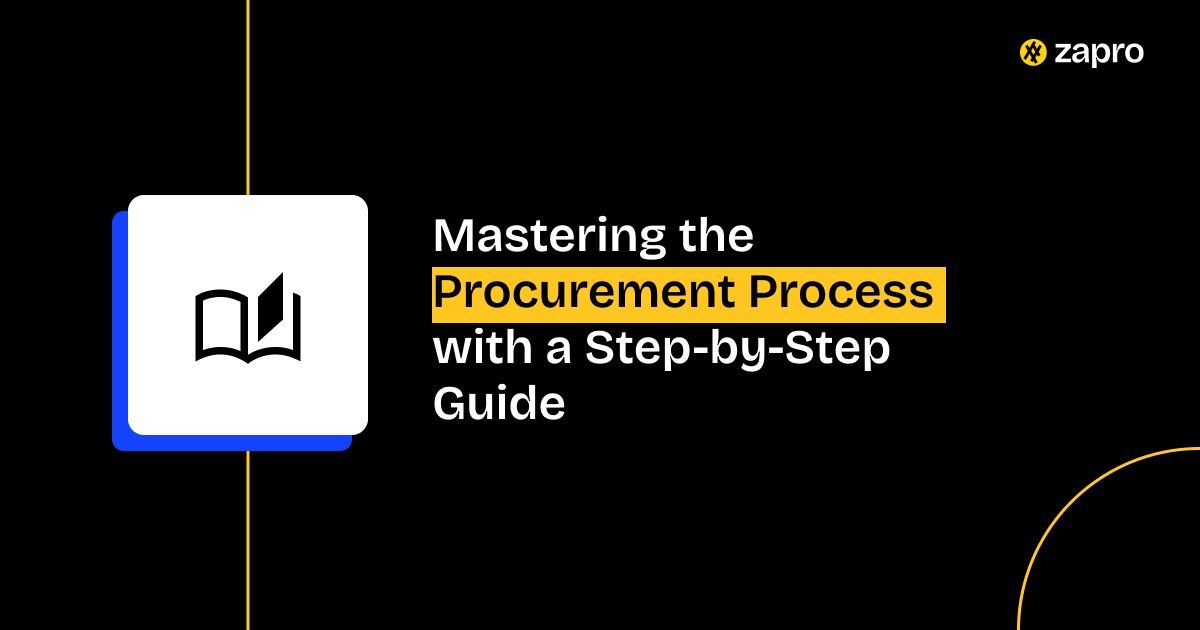
 Healthcare
Healthcare Financial Services
Financial Services Technology
Technology Venture Capitalist
Venture Capitalist Chief Procurement Officer
Chief Procurement Officer Chief Financial Officer
Chief Financial Officer